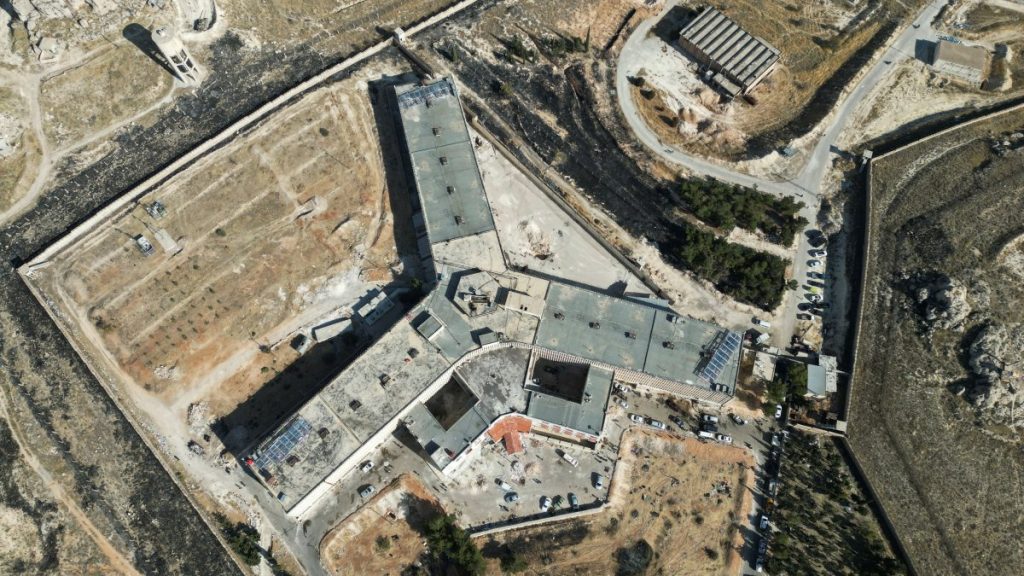A crew of Turkish rescuers began an in-depth search of Syria’s notorious Sednaya prison on Monday, a spokesperson for the Disaster and Emergency Management Authority (AFAD) said.
Located just north of Damascus, the prison has become a symbol of human rights abuses of the Assad clan, especially since the Syrian civil war erupted in 2011.
The AFAD said it had sent a team of nearly 80 people to conduct a search-and-rescue operation to “find people thought to be trapped in Sednaya military prison”, with its director due to give a press conference outside the prison about its mission, spokesperson Kubilay Özyurt told Agence France-Presse (AFP).
The complex is thought to descend several levels underground, fueling suspicion more prisoners could be being held in as yet undiscovered hidden cells.
But the Association of Detainees and Missing Persons of Sednaya Prison (ADMSP), believes the rumours are unfounded.
The AFAD said the team, which specializes in “heavy” urban search and rescue operations, would work with “advanced search and rescue devices.”
The organization, which is based in southern Türkiye, believes more than 30,000 prisoners died there as a result of execution, torture, starvation or a lack of medical care between 2011 and 2018.
The prison complex was thoroughly searched by Syria’s White Helmets emergency workers but they wrapped up their operations on Tuesday, saying they were unable to find any more prisoners.
Rescuers have punched holes in walls to investigate rumors of secret levels housing missing prisoners, but found nothing, leaving many thousands of families disappointed — their relatives are probably dead and may never be found.
The ADMSP said the anti-regime forces freed more than 4,000 prisoners from Sednaya, which Amnesty International has described as a “human slaughterhouse.”
Meanwhile, several families searching for their loved ones who were sent to Sednaya have asked the Turkish government for equipment to advance the search in the prison’s maze-like corridors.
“Technology has only been used against Syrians. Now we are using all means to rescue our children. We want to save our people trapped underground with this technology that destroyed us from the west to the east,” a Syrian man has said.
He was among thousands who spilled out of Syria’s prison system last Sunday after a lightning opposition advance overthrew Bashar Assad and ended five decades of his family’s rule. Many detainees were met by tearful relatives who thought they had been executed years earlier.
The regime’s mass executions at Sednaya are revealed in reports, which note that between 2011 and 2015, nearly 50 people were hanged every week, or sometimes every two weeks.
Additionally, the reports show that the regime intentionally kept detainees in inhumane conditions, subjected them to torture, and systematically deprived them of food, water, medicine and medical care.
A 2017 Amnesty International investigation found that murders and torture at Sednaya since 2011 were part of a widespread and systematic attack on Syria’s civilian population, carried out as part of the regime’s policy.
Amnesty International concluded that the violations by the regime’s officials at Sednaya amounted to crimes against humanity.
Turkish lawmakers also plan to join efforts to document human rights violations in Syria. Adem Yıldırım, a lawmaker from the ruling Justice and Development Party (AK Party) who chairs a parliamentary subcommittee on Islamophobia and racism, said they would soon visit Syria. Yıldırım told reporters last week that they would like to show the world the regime’s inhumane treatment of people.


